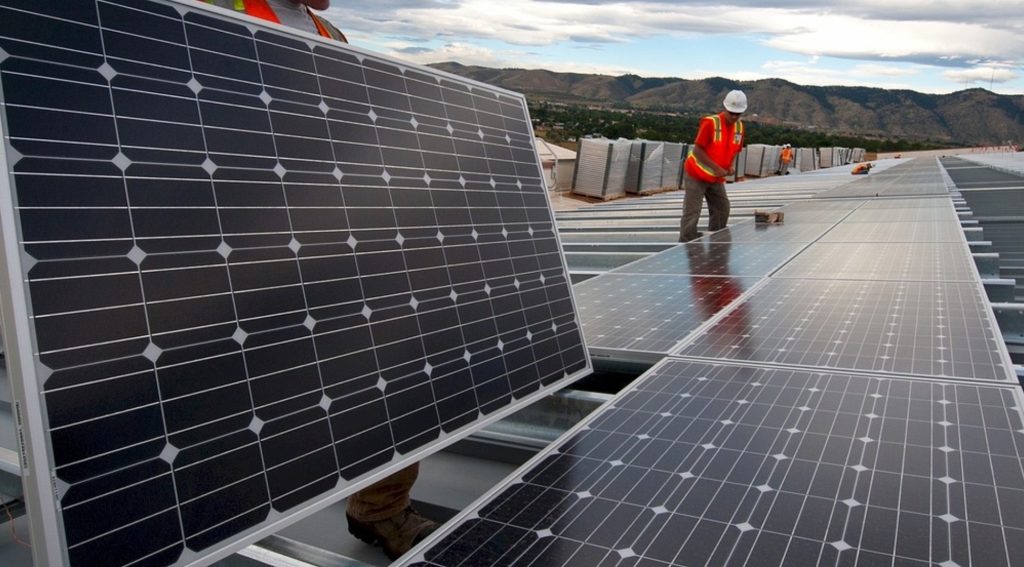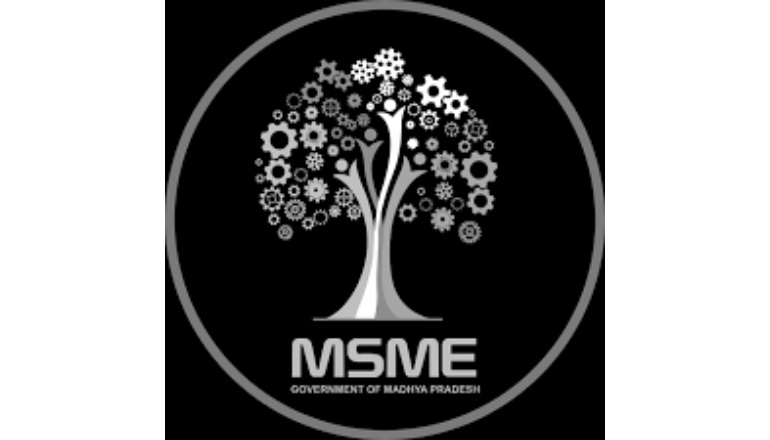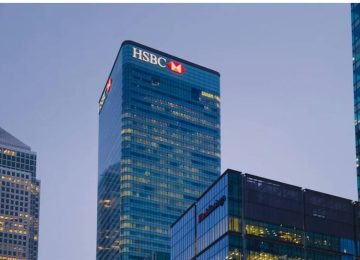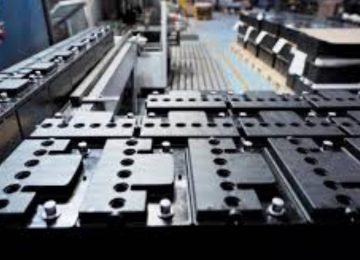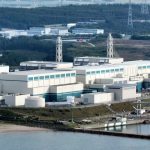Lohia Corp, a manufacturer in the plastic-woven fabric industry, has completed a significant push toward sustainable operations by commissioning a 2.775 MW rooftop solar photovoltaic (PV) system across its manufacturing units in Chaubepur and Panki, Uttar Pradesh.
This strategic shift to green energy is designed to function as a powerful cost-management tool, with the project slated to deliver substantial financial benefits, primarily an estimated ₹28 million in annual electricity bill savings.
Solar application and grid interplay:
The power generated by the high-quality solar panels and inverters is integrated directly into the factory’s internal network. These systems power the core operations of the manufacturing units, which include the energy-intensive processes of operating heavy machinery for weaving, knitting, and finishing, along with general facility needs like lighting and climate control.
Currently, solar power meets about 10% of the company’s overall energy requirement. Furthermore, the systems utilise a net billing arrangement, allowing Lohia Corp to export any excess electricity back to the utility grid and receive financial credits, further enhancing cost savings and energy independence.
Navigating project complexity:
The successful execution of the project was overseen by Roofsol Energy, the engineering, procurement, and construction (EPC) partner. The sheer size and nature of the industrial facilities presented a unique set of technical hurdles that required tailored engineering solutions.
Mohit Kaushik, Assistant General Manager (Business Development), Roofsol Energy, said, “The modules are installed in six different sheds. Each shed has a different roof orientation, slope, height, and structural capacity, making it difficult to optimize module placement. The power from different sheds also had to be synchronized at a single point of common coupling.”
Furthermore, the EPC partner highlighted that logistics added another layer of difficulty: “Laying cables for the rooftop systems across multiple sheds involved crossing roads, drains, and operational areas, which complicated the project execution.”
Strategic rationale: a blueprint for industrial C&I:
For Roofsol Energy, the Lohia Corp project serves as a key case study demonstrating the viability of large-scale rooftop solar even on challenging industrial infrastructure.
Customized Engineering: The solution involved integrating high-efficiency modules and string inverters across varying roof conditions, requiring an exceptional level of customized design and technical coordination to ensure maximum energy yield.
Economic Viability: The project reinforces the central business case for the Commercial & Industrial (C&I) solar segment: reducing dependence on volatile grid power and achieving a quick return on investment (ROI) through massive annual operational savings, solidifying Lohia Corp’s long-term competitiveness.
Future-Ready Infrastructure: Roofsol also indicated that Lohia is already planning to integrate a 100 kW solar-battery energy storage arrangement for their car parking area to support electric vehicle charging, showcasing a commitment to a complete, integrated clean energy ecosystem.
Return on investment:
The business case for the project is robust, promising a rapid return on investment.
Viewing the investment as a core business strategy, the green power adoption is expected to deliver massive financial returns, projecting approximately ₹28 million in annual savings on the electricity bill.
The strategic pivot aims to drastically lower the company’s reliance on increasingly expensive grid power, a critical need given that machinery manufacturing is an energy-intensive process, with the company’s monthly power expenses previously reaching around ₹5.8 million.


